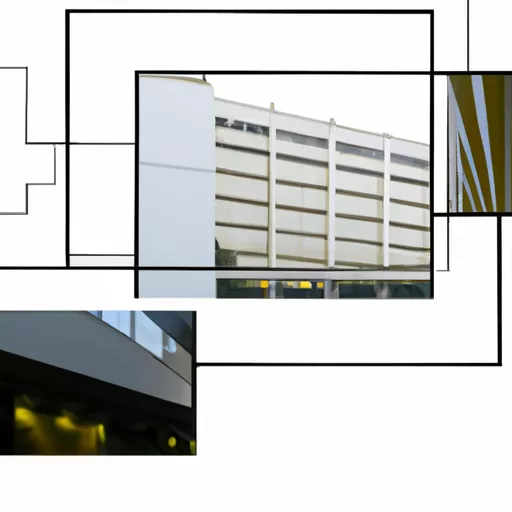
Microservices architecture has become one of the most popular approaches to web project development. Its main advantage lies in the modularity of the application and the ability to divide it into separate services. Each microservice performs a specific function and can be developed and scaled independently of other services.
One of the main advantages of microservices architecture is flexibility. Dividing the application into separate services allows for the use of different technologies and programming languages depending on the requirements of each service. This allows development teams to work with the tools that are most convenient and familiar to them.
Another advantage of microservices architecture is the ability to scale the application. Since each service can be developed and scaled independently of others, this allows for flexible resource management and ensures high performance of the application even under increased loads.
In addition, microservices architecture provides better application resilience. If one service stops working, the others can continue to operate normally. This improves the overall system reliability and minimizes potential availability issues.
On one hand, microservices architecture is an efficient solution for web projects, but it also has its drawbacks. Firstly, dividing the application into microservices requires additional implementation and maintenance of infrastructure to connect services, exchange data, and verify system integrity. This can be a challenging task for development teams, especially if they have no prior experience with such solutions.
Secondly, microservices architecture can lead to longer project development time. Dividing the application into microservices requires extra effort and time to develop each service, as well as to integrate and test the system as a whole. Additionally, it should be noted that managing multiple services can be a complex task, especially as the project grows and new services are added.
Nevertheless, despite some difficulties with implementation and maintenance, microservices architecture remains an efficient solution for web projects. It allows for the development of flexible, scalable, and reliable applications, efficient resource management, and the use of different technologies in development.


